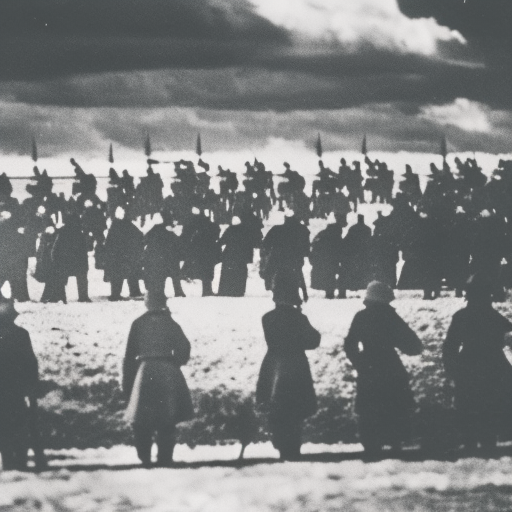Battle of Narva: A Summary
The Battle of Narva was a military confrontation that took place on November 30, 1700, during the Great Northern War. It was fought between the Swedish Empire, led by King Charles XII, and the Russian Empire, led by Tsar Peter I. The battle occurred near the town of Narva, which is located in present-day Estonia.
Background:
The Great Northern War was a conflict that lasted from 1700 to 1721 and involved several European powers. One of the main objectives of Tsar Peter I was to gain control over the Baltic Sea and establish a strong Russian presence in the region. In pursuit of this goal, Peter I launched an invasion of Swedish-controlled territories, including the town of Narva.
Swedish Defenses:
The Swedish Empire, under the leadership of King Charles XII, had established a strong defensive position in Narva. The town was protected by fortified walls and bastions, making it difficult for the Russian forces to breach. Additionally, the Swedish army had a well-trained and disciplined infantry, known as the Caroleans, who were highly skilled in defensive warfare.
Russian Invasion:
In November 1700, Tsar Peter I launched an assault on Narva with a force of approximately 35,000 soldiers. The Russian army consisted of both regular troops and a large number of irregular Cossack and Ukrainian units. Despite being outnumbered, the Swedish garrison in Narva was determined to defend the town at all costs.
The Battle:
The battle began with a Russian artillery bombardment of the Swedish defenses. However, the Russian artillery was not as effective as expected, and the Swedish fortifications remained largely intact. As the Russian infantry advanced, they faced heavy resistance from the Swedish defenders, who fought with great courage and determination.
Swedish Counterattack:
Realizing that the Russian forces were becoming disorganized, King Charles XII ordered a counterattack. The Swedish army launched a fierce assault on the Russian lines, causing panic and confusion among the enemy ranks. The Caroleans, known for their disciplined formations and deadly firepower, inflicted heavy casualties on the Russian troops.
Russian Retreat:
The Swedish counterattack was a resounding success, and the Russian forces were forced to retreat in disarray. Many Russian soldiers were killed, captured, or drowned in the nearby Narva River while attempting to escape. The Battle of Narva was a major defeat for Tsar Peter I and his ambitions to expand Russian territory.
Significance:
The Battle of Narva was a significant event in the early stages of the Great Northern War. It demonstrated the military prowess of the Swedish army and the leadership skills of King Charles XII. The battle also highlighted the weaknesses of the Russian forces and their lack of experience in large-scale warfare.
Aftermath:
Following the battle, the Swedish Empire continued to hold control over Narva for several more years. However, the tide of the war eventually turned in favor of the Russian Empire, and they were able to regain control over the Baltic territories. The Great Northern War continued for another two decades, resulting in significant territorial changes and political realignments in the region.
In conclusion, the Battle of Narva was a decisive engagement between the Swedish and Russian forces during the Great Northern War. The Swedish defenders, led by King Charles XII, successfully repelled the Russian invasion and inflicted heavy casualties on their opponent. The battle showcased the strength of the Swedish defenses and the skill of the Carolean infantry. However, despite this initial setback, the Russian Empire eventually emerged victorious in the conflict.












